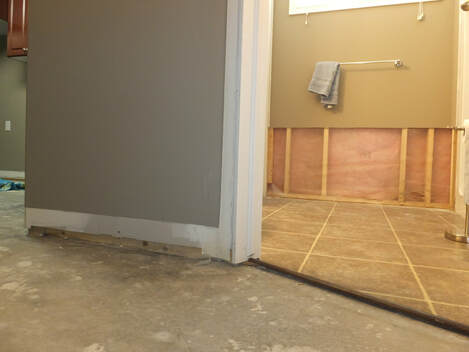|
31/3/2019 0 Comments It’s A Hole in The Ground“We dig a hole in the ground, we call it a well - and we wish water would go into it. We dig another hole in the ground, almost as deep and much wider - we call it a basement, and we wish water wouldn’t go into it.” April showers bring more than May flowers. In recent years, springtime conditions often beginning as early as February, lead to predictable basement wetting… and sometimes not so predictable. Basements which have not exhibited signs of wetting may suddenly become wet due to changes in terrain (ie: nearby construction) changes in the weather (yes, it’s really happening) and goodness knows what else occurs in, on or under the ground. Controlling water ingress not only preserves living and storage space, it protects indoor air quality and maintains the value of your property. Some preventive measures Before you have to excavate or remove interior insulation and finishes:
The Facts of Life
If you continue to experience basement wetting, you may need to explore different options such as waterproofing, or a water management system depending on the age, type and location of your home. Some indoor options
Some outdoor options
For more information about wet basement solutions visit AquaFix Ontario
0 Comments
Leave a Reply. |
AuthorGil Strachan is a professional home inspector, representing Electrospec Home Inspection Services in east-central Ontario since 1994. CategoriesAll Appliances Buying And Selling Cooling Electrical Environmental Exterior Health And Safety Heating Home Improvement Home Inspection Insulation Insurance Interior Plumbing Roofing Special Structure Archives
January 2024
|


